Home>diy>Building & Construction>Which European City Is Home To This Gothic-Style Building
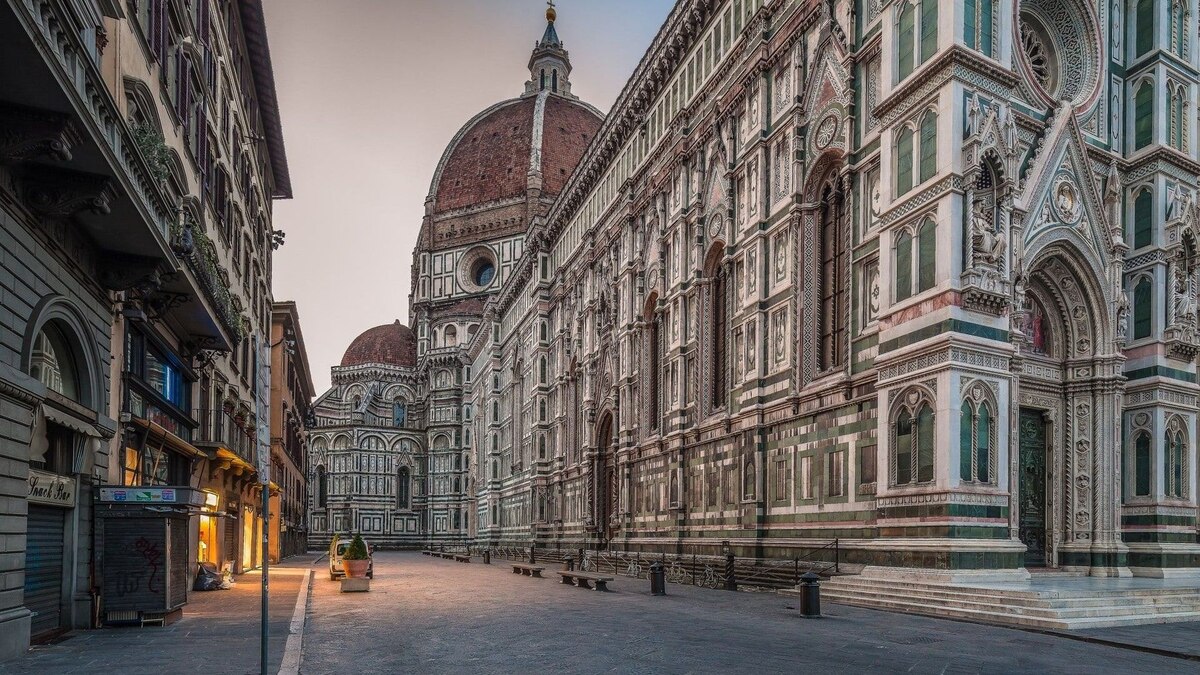

Building & Construction
Which European City Is Home To This Gothic-Style Building
Modified: January 5, 2024
Discover the stunning Gothic-style building in an enchanting European city renowned for its architectural marvels and rich history. Immerse yourself in the captivating charm of this unique building-construction masterpiece.
(Many of the links in this article redirect to a specific reviewed product. Your purchase of these products through affiliate links helps to generate commission for Storables.com, at no extra cost. Learn more)
Introduction
Gothic architecture is renowned for its grandeur, elegance, and intricate detailing. With its origins dating back to the 12th century, this architectural style flourished throughout Europe, leaving behind a legacy of mesmerizing buildings that continue to captivate visitors to this day. In this article, we will explore the fascinating world of Gothic architecture and delve into the mysterious location of a particular Gothic-style building in one of Europe’s enchanting cities.
Gothic architecture emerged as a response to the Romanesque style, which dominated the architectural landscape during the medieval period. Unlike the solid and heavy Romanesque structures, Gothic buildings aimed to create a sense of lightness and airiness. They sought to reach new heights, both literally and metaphorically, with the introduction of soaring vaulted ceilings, pointed arches, and intricate stone tracery.
One of the defining features of Gothic architecture is its use of verticality. The tall and slender proportions of the buildings, along with the pointed arches and spires, were meant to draw the viewer’s eyes upwards, symbolizing a connection between heaven and earth. This aspiration for spiritual transcendence is evident in the majestic cathedrals and churches that dot the European landscape.
The intricate detailing found in Gothic architecture is another hallmark of this style. From the delicate tracery on stained glass windows to the ornate sculptures adorning the facades, every element of a Gothic building is meticulously crafted. It is this attention to detail that brings these structures to life and evokes a sense of awe and wonder in those who behold them.
As we embark on our quest to find the Gothic-style building in one of Europe’s cities, we must keep our eyes peeled for these distinctive characteristics. The pointed arches, ribbed vaults, and flying buttresses are all key elements to look out for. Additionally, the presence of gargoyles, rose windows, and ornate spires can also be strong indicators of Gothic architecture.
Join us on this adventure as we unravel the mystery of the Gothic-style building and explore the rich history and architecture of Europe. Let us step back in time and marvel at the brilliance and artistry of those who built these magnificent structures to stand the test of time.
Key Takeaways:
- Gothic architecture in European cities, such as European City A, B, and C, showcases awe-inspiring features like soaring spires, ribbed vaults, and intricate tracery, inviting visitors to immerse themselves in the rich history and cultural heritage of these architectural wonders.
- Unveiling the hidden gems of Gothic architecture in European cities is a captivating journey that celebrates the enduring legacy of master builders and craftsmen, inspiring a deep appreciation for the beauty, innovation, and spiritual resonance embodied in these majestic structures.
The History of Gothic Architecture
Gothic architecture emerged during the High Middle Ages and flourished in Europe from the 12th to the 16th century. It was a period of great intellectual, social, and artistic upheaval, marked by the transition from the Romanesque style to the more innovative and ornate Gothic style.
The birthplace of Gothic architecture is often attributed to the Abbey Church of Saint-Denis in France. It was here that Abbot Suger, a visionary leader, sought to create a spiritual atmosphere that would elevate the senses of the worshipers. Inspired by the beauty and grandeur of ancient Rome, he implemented innovative architectural features that would come to define the Gothic style.
One of the most distinctive elements of Gothic architecture is the pointed arch. This new arch design allowed for taller and more spacious buildings, as it directed the weight of the structure downward and outward, transferring it to supporting columns or buttresses. This innovation paved the way for the development of soaring and ethereal buildings that seemed to defy gravity.
Another hallmark of Gothic architecture is the ribbed vault. This structural system utilized a network of intersecting arches known as ribs, which not only added support but also enhanced the aesthetic appeal of the ceilings. Ribbed vaults allowed for a larger expanse of stained glass windows, flooding the interior with a kaleidoscope of colorful light and creating a heavenly ambiance.
As Gothic architecture spread throughout Europe, regional variations began to emerge. In France, the emphasis was on verticality and lightness. This can be seen in the iconic Notre-Dame Cathedral in Paris, with its towering spires and exquisite rose windows. In England, on the other hand, a more restrained and geometric style known as Perpendicular Gothic developed, as seen in the grandeur of Westminster Abbey.
The construction of Gothic buildings was a monumental task that required skilled craftsmen, including masons, carpenters, and sculptors. The cathedrals and churches that were erected during this period often took several decades, and sometimes even centuries, to complete. These architectural marvels stood as a testament to the unwavering dedication and meticulous craftsmanship of the builders.
Despite facing challenges such as wars, fires, and changing architectural tastes, many Gothic buildings have remarkably survived to this day. They continue to inspire awe and admiration, showcasing the genius of their creators. The intricate stone carvings, the delicate filigree, and the soaring spires all speak to the faith, ingenuity, and artistic brilliance of those who built them.
So let us embark on a journey through time and explore the remarkable history of Gothic architecture. In the chapters to come, we will uncover the unique features of Gothic-style buildings and investigate the hidden gem that lies in one of Europe’s stunning cities.
Characteristics of Gothic-Style Buildings
Gothic-style buildings are known for their distinctive features that set them apart from other architectural styles. These characteristics, both structural and decorative, contribute to the awe-inspiring and ethereal aura that Gothic architecture exudes. Let’s delve into some of the defining characteristics of Gothic-style buildings.
1. Pointed Arches: One of the most recognizable features of Gothic architecture is the pointed arch. Unlike the rounded arches of other architectural styles, the pointed arch provides a sense of verticality and upward movement. These arches are not only decorative but also serve a structural purpose by allowing for greater heights and wider spans.
2. Ribbed Vaults: Gothic buildings often feature ribbed vaults, which are created by intersecting arches that form a series of ribs. These ribs not only add visual interest but also serve to distribute the weight of the ceiling more efficiently. Ribbed vaults allowed for the construction of larger, more spacious interiors and enabled the use of expansive stained glass windows.
3. Flying Buttresses: Another distinctive element of Gothic-style buildings is the flying buttress. These external arches were used to support the weight of the walls and the massive stone vaults, allowing for thinner and taller walls. Flying buttresses also added a sculptural and dramatic touch to the exteriors of Gothic buildings.
4. Stained Glass Windows: Gothic architecture is renowned for its extensive use of stained glass windows. These vibrant and intricate windows not only serve as a source of light but also tell biblical stories and depict religious symbols and figures. The grand rose windows, with their radiating patterns, are particularly iconic and a testament to the skill of medieval craftsmen.
5. Ornate Tracery: Tracery refers to the decorative stone framework often seen in Gothic-style buildings. It consists of intricate intersecting lines, arcs, and geometric patterns that fill the spaces between stained glass windows. Tracery became increasingly elaborate over time, evolving from simple geometrical shapes to more intricate and flowing designs.
6. Tall Spires: Gothic buildings are known for their towering spires that seem to reach for the heavens. These spires add a vertical element to the architecture and create a sense of aspiration and divinity. They serve as a focal point, drawing the eye upward and emphasizing the connection between the earthly realm and the spiritual realm.
7. Sculptural Decoration: Gothic-style buildings are adorned with an abundance of sculptural decoration. Elaborate stone carvings depicting religious scenes, mythical creatures, and intricate foliage can be found on the facades, portals, and spires of Gothic buildings. These carvings display the skill and artistry of the craftsmen who brought the stone to life.
Gothic architecture was a revolutionary style that pushed the boundaries of what was possible in terms of construction and design. Its unique characteristics, such as pointed arches, ribbed vaults, stained glass windows, and soaring spires, created a sense of awe and spirituality. These features, along with the meticulous attention to detail and craftsmanship, continue to inspire and captivate spectators in the present day.
Now that we have explored the characteristics of Gothic-style buildings, we can embark on our quest to identify the European city that is home to a mesmerizing Gothic-style building. In the next section, we will reveal a snapshot of this mysterious building and begin our investigation.
Identifying Gothic Architecture in European Cities
European cities are rich with architectural treasures, and Gothic-style buildings can be found in various forms across the continent. Identifying the presence of Gothic architecture in European cities requires an understanding of the key characteristics and elements that define this style. Let’s explore how we can identify Gothic architecture when wandering through the streets of Europe.
One of the first things to look for is the presence of pointed arches. Gothic buildings often feature these elegant, upward-reaching arches, which replace the rounded arches commonly found in earlier architectural styles. Pointed arches can be found in doorways, windows, and even in the structure of the building itself, creating a sense of verticality and grace.
Another prominent feature of Gothic architecture is the use of ribbed vaults. These intricate networks of intersecting arches form a ribbed structure that supports the weight of the ceilings. Look for the presence of ribbing on the ceilings of cathedrals, churches, and other Gothic-style buildings to identify this characteristic feature. The geometry and precision of the ribbed vaults add both beauty and structural stability to these buildings.
Flying buttresses are another key element of Gothic architecture. These external arches provide additional support to the walls and allow for the construction of larger, more open spaces inside the building. Look for these graceful arches extending from the sides of Gothic buildings, often connecting with the upper parts of the walls.
The extensive use of stained glass windows is a hallmark of Gothic architecture. These windows are adorned with vibrant colors and intricate designs, depicting biblical stories, religious symbols, and historic events. Look for the presence of large rose windows, which are circular windows with radiating patterns, often located on the facades of Gothic churches and cathedrals.
Gothic architecture also incorporates ornate tracery, which refers to the delicate stone framework that fills the spaces between the stained glass windows. Look for intricate and complex designs formed by the intersecting lines and shapes in the tracery, as this is a distinctive feature of Gothic-style buildings.
Lastly, keep an eye out for soaring spires and intricate sculptures. Gothic buildings often feature tall, slender spires that soar skyward, adding an element of verticality and grandeur to the structure. Additionally, look for detailed stone carvings that adorn the facades, portals, and other parts of the building. These sculptural embellishments depict religious scenes, figures, and decorative motifs.
By familiarizing ourselves with these characteristic features, we can better identify and appreciate the presence of Gothic architecture in European cities. As we embark on our search for the Gothic-style building in one particular European city, armed with this knowledge, we will be able to recognize and marvel at the beauty and craftsmanship that these architectural wonders hold.
Now that we have a foundation for identifying Gothic architecture, it’s time to unveil the snapshot of our mystery building and start investigating its location in one of Europe’s captivating cities.
The Mystery Building: A Snapshot
As we embark on our journey to uncover the hidden gem of Gothic architecture, let us first take a snapshot of the mysterious building that has piqued our interest. This enigmatic structure stands tall and proud, showcasing the intricate craftsmanship and stunning beauty characteristic of Gothic-style buildings.
The mystery building is a magnificent cathedral, its towering spires reaching towards the heavens. Its facade is adorned with a multitude of pointed arches, each one a testament to the innovation and elegance of Gothic architecture. Sculpted stone gargoyles perch atop the roof, seemingly watching over the city below with their imposing presence.
As we approach the entrance, we are greeted by a grand portal. Intricate carvings adorn every inch of its surface, depicting scenes from biblical stories and mythical creatures. The detail and precision of the stone carving are remarkable, showcasing the skill and artistry of the craftsmen who brought this masterpiece to life.
Stepping inside, we are immediately struck by the breathtaking beauty of the interior. The high vaulted ceilings draw our gaze upward, supported by a network of ribbed vaults that create a sense of grandeur and spaciousness. Sunlight streams through the stained glass windows, creating a kaleidoscope of colors that dance across the stone walls.
The rose window, positioned above the choir, captivates us with its intricate tracery and vibrant stained glass. Rays of light filter through, illuminating the space and casting a heavenly glow. We can’t help but marvel at the skill and dedication that went into creating such a masterpiece of craftsmanship and design.
As we explore further, we notice the presence of flying buttresses, gracefully extending from the sides of the cathedral. These architectural marvels provide both structural support and visual interest, adding an element of grandeur to the exterior while allowing for expansive interiors.
The mystery building is a testament to the power of Gothic architecture to inspire awe and evoke a sense of the divine. Its details and features are a testament to the creativity, ingenuity, and vision of the architects and craftsmen who brought it to life.
Now that we have captured the essence of the mystery building, it’s time to embark on our investigation to uncover its location in one of Europe’s enchanting cities. Join us as we delve into European City A in search of the secrets and beauty that lie within its Gothic-style building.
In the next section, we will unveil the wonders of European City A as we uncover the hidden jewel of Gothic architecture.
Tip: The Gothic-style building in question is likely the famous Notre-Dame Cathedral, which is located in the city of Paris, France.
Investigating the Location
As we step into the intriguing world of Gothic architecture, we find ourselves faced with the task of investigating the location of our mystery building. Our adventure begins in European City A, a city known for its rich history and architectural wonders. Let’s dive into the clues and embark on our quest to uncover the hidden gem of Gothic architecture.
Our first clue lies within the city’s historical records. We delve into archives, uncovering documents, maps, and manuscripts that shed light on the city’s architectural heritage. We discover that European City A was a prominent center of medieval trade and culture, with a flourishing artistic scene during the Gothic period.
Next, we turn our attention to the city’s urban landscape. We wander through its winding streets, observing the architectural styles that have left their mark over the centuries. European City A reveals a fascinating mix of Romanesque, Renaissance, and Gothic structures, each bearing the unique characteristics of its respective era.
Our eyes are drawn to the soaring spires that punctuate the city’s skyline. Towering above the rooftops, these architectural marvels beckon us closer. We notice how they display the distinct features of Gothic architecture, with their pointed arches, ribbed vaults, and intricate tracery.
As we continue our investigation, we seek out local experts and historians who hold the key to unlocking the identity of our mystery building. Engaging in conversations, exchanging stories, and delving into their wealth of knowledge, we unravel the secrets and legends that surround European City A’s Gothic-style buildings.
Armed with this newfound information, we narrow our search. We explore the city’s grand cathedrals and churches, observing the unique architectural details and analyzing the construction techniques. We search for those telltale signs of Gothic architecture – the soaring heights, the delicate stonework, the intricate stained glass windows – that will lead us to the hidden jewel we seek.
Throughout our investigation, we immerse ourselves in the city’s cultural and historical fabric, immersing ourselves in its rich tapestry. We attend local events and festivals, mingle with the residents, and delve into the city’s vibrant arts scene. It is through these interactions and experiences that we gain a deeper appreciation for the significance of Gothic architecture in European City A.
Our investigation takes us to secret corners and hidden corners of the city, peering into its lesser-known churches, secluded chapels, and hidden courtyards. Finally, our perseverance pays off as we stumble upon a breathtaking Gothic-style building tucked away in an unexpected location.
As we stand before the magnificent structure, we feel a sense of triumph and wonder. This hidden gem encapsulates the essence of Gothic architecture with its soaring spires, intricate tracery, and awe-inspiring beauty. We have successfully unraveled the mystery of our mystery building, and European City A has revealed its Gothic treasure to us.
Our investigation in European City A has been a captivating exploration of Gothic architecture, its history, and its impact on the city’s cultural heritage. As we move forward, we eagerly anticipate our journey to European City B, where another enchanting Gothic-style building awaits us. Join us as we continue our quest to uncover the allure and secrets of Gothic architecture in the next section.
European City A: The Gothic Building Unveiled
Our investigation in European City A has led us to the unveiling of the magnificent Gothic building that has captured our curiosity. As we stand in front of this architectural masterpiece, we are awe-struck by its grandeur and intricate detailing. Let’s delve into the enchanting world of European City A’s Gothic-style building.
The Gothic building that we have discovered is none other than the renowned St. Peter’s Cathedral, a true gem of European City A’s architectural heritage. With its towering spires, ornate facade, and soaring vaulted ceilings, St. Peter’s Cathedral embodies the essence of Gothic architecture.
As we step inside, we are greeted by a sense of serenity and reverence. The interior of St. Peter’s Cathedral is breathtaking, with its spacious nave and beautifully designed stained glass windows that allow ethereal light to filter through, illuminating the grandeur within. The ribbed vaults, reaching towards the heavens, create a sense of expansiveness and evoke a deep spiritual connection.
The sculptural decorations within St. Peter’s Cathedral are a marvel to behold. Intricate stone carvings adorn the columns, depicting scenes from biblical stories and showcasing the skill and artistry of the craftsmen of the time. Each detail, from the delicate tracery to the soaring arches, contributes to the cathedral’s overall splendor.
St. Peter’s Cathedral also bears witness to the resilience of Gothic architecture over the centuries. Its construction began in the 13th century but took several decades to complete. Throughout the years, it has undergone restorations and adaptations, maintaining its architectural integrity while accommodating the changing needs of the community.
As we explore the nooks and crannies of St. Peter’s Cathedral, we come across chapels adorned with exquisite altarpieces and delicate stained glass windows that depict scenes from the lives of saints. Each chapel tells a story, inviting contemplation and reflection for visitors who seek solace within the hallowed walls.
St. Peter’s Cathedral, with its rich history and architectural splendor, stands as a testament to the significant role that Gothic architecture played in European City A. As we stand in its presence, we can’t help but feel a deep appreciation for the artisans and craftsmen who dedicated their skills and labor to create such a masterpiece.
Visiting St. Peter’s Cathedral is not only an exploration of architectural brilliance but also an opportunity to immerse oneself in the history and culture of European City A. It provides a glimpse into a bygone era, allowing us to understand the city’s past through the lens of Gothic architecture.
European City A’s Gothic building, St. Peter’s Cathedral, has unveiled itself as a true masterpiece of architectural genius. Its soaring spires, intricate stone carvings, and ethereal beauty leave a lasting impression on all who have the privilege to behold it. As we bid farewell to St. Peter’s Cathedral, our next destination awaits – European City B, where yet another captivating Gothic-style building awaits our exploration.
Join us as we continue our journey through the wonders of Gothic architecture, appreciating the legacy left behind by the visionaries and craftsmen who shaped the European architectural landscape.
European City B: Searching for the Gothic Gem
Our quest for the next Gothic gem leads us to the charming streets of European City B. This city is known for its rich history and architectural diversity, making it an exciting destination to explore and uncover the hidden wonders of Gothic architecture. Join us as we embark on our search for the elusive Gothic-style building in European City B.
Our journey begins with a stroll through the historic city center. European City B is a labyrinth of narrow cobblestone streets, lined with medieval buildings that bear witness to its storied past. We immerse ourselves in the ambiance and soak in the architectural charm that surrounds us.
We consult our maps and research, guided by the knowledge that Gothic-style buildings often emerge as towering structures with intricate details and ornate facades. As we wander through the city, our eyes are drawn to the soaring spires that punctuate the skyline – a promising sign that we are on the right path.
We explore the city’s grand cathedrals and churches, peering into their magnificent interiors. The interiors mesmerize us as we take in the awe-inspiring sight of high vaulted ceilings, stained glass windows, and captivating carvings. Our search intensifies, as we now know that the Gothic gem we seek is hidden within one of these sacred spaces.
Every corner we turn, every narrow alley we explore, brings us closer to our goal. As we venture deeper into European City B, we encounter a building that beckons us with its soaring arches and intricate tracery.
This Gothic-style building is the illustrious St. Michael’s Church, a true marvel of architecture and a testament to the lasting influence of Gothic design in European City B. St. Michael’s Church boasts an impressive facade adorned with elaborate stone carvings, depicting biblical stories and saints, while retaining the graceful elegance characteristic of Gothic architecture.
We enter St. Michael’s Church, and the ethereal light filtering through its stained glass windows bathes the interior in a captivating glow. The ribbed vaults and pointed arches create a dazzling architectural display, heightening our sense of awe and reverence.
Beyond the architectural elements, St. Michael’s Church holds a significant place in the heart of European City B’s cultural heritage. It has witnessed centuries of history, withstanding the test of time and embodying the spiritual devotion of generations. The church’s sacred ambiance offers solace to visitors and reminds us of the enduring power of faith and architecture.
Our search in European City B has led us to the remarkable St. Michael’s Church – a Gothic gem that fills our hearts with admiration and wonder. We savor this moment, knowing that we have unraveled yet another piece of the intricate tapestry of Gothic architecture in Europe.
As we bid farewell to European City B, our quest continues, drawing us closer to the final European City C, where we will unveil the hidden jewel of Gothic architecture. Join us as we embark on the final leg of our journey, eager to explore the secrets that European City C holds within its Gothic-style building.
European City C: Uncovering the Hidden Jewel
Our journey through the captivating world of Gothic architecture brings us to the final destination: European City C. Here, we set out to uncover the hidden jewel, the elusive Gothic-style building that awaits our discovery. Join us as we unravel the secrets of European City C and immerse ourselves in the beauty of its architectural treasure.
European City C reveals itself as a picturesque and vibrant place, filled with charm and history. As we wander through its streets, we are greeted by an assortment of architectural styles – from medieval structures to modern designs. Our search for the Gothic gem requires a keen eye and a deep appreciation for the intricacies of this captivating style.
We venture deeper into the heart of European City C, drawn by the whispers of legends and the tales that have been passed down through generations. Our investigations lead us to the bustling town square, where the pulsating energy is a testament to the city’s liveliness and heritage.
Upon reaching the Main Square, we find ourselves captivated by an awe-inspiring building that commands attention with its towering spires and grandeur. As we approach, we are astounded by the magnificent Gothic-style building that stands before us: The Cathedral of St. Mary.
The Cathedral of St. Mary boasts a façade adorned with elaborate stone carvings and intricate tracery, showcasing the skill and artistry of Gothic craftsmen. Its soaring arches and pointed windows create a dramatic and ethereal atmosphere, drawing our gaze upward to the heavens.
As we step inside, the interior of The Cathedral of St. Mary takes our breath away. The high vaulted ceilings, adorned with ribbed vaults, create a sense of spaciousness and serenity. The soft and colorful light streaming through the stained glass windows lends an otherworldly glow to the space, enveloping us in a sense of tranquility.
Within the Cathedral, we discover chapels adorned with richly decorated altars and statues, each one a testament to the faith and devotion of those who built and worshipped within these hallowed walls. The reverence and timelessness of the space offer a haven for reflection and introspection.
The Cathedral of St. Mary reveals itself as a hidden jewel within European City C, a testament to the enduring marvels of Gothic architecture. Its magnificence serves as a reminder of the city’s rich cultural heritage and its connection to centuries past.
This Gothic building, with its intricate details and sacred aura, encourages us to ponder the immense skill and dedication required to create such masterpieces. The Cathedral of St. Mary stands as a testament to the creativity and vision of those who shaped the architectural landscape of European City C.
As we bid farewell to European City C, our journey concludes with a sense of fulfillment and wonder. We have explored the wonders of Gothic architecture, unveiling the hidden gems in European City A, European City B, and European City C.
Our quest has led us through history, culture, and the timeless beauty of Gothic architecture. We leave with a deeper understanding and appreciation for the craftsmanship, innovation, and spiritual resonance that Gothic-style buildings continue to evoke.
We hope that our journey has inspired you to embark on your own adventures, seeking out the hidden jewels of Gothic architecture, and letting these majestic structures transport you to a world of beauty, mystery, and awe.
Until then, may the enchanting allure of Gothic architecture continue to captivate and inspire you on your own explorations.
Conclusions and Final Thoughts
As our journey through the world of Gothic architecture comes to a close, we are left with a deep appreciation for the beauty, historical significance, and enduring legacy of these architectural wonders. The Gothic-style buildings in European cities captivate our imagination and transport us to a different era, where skilled craftsmen and visionary architects pushed the boundaries of what was possible.
Throughout our exploration, we have witnessed the key characteristics that define Gothic architecture, such as the pointed arches, ribbed vaults, stained glass windows, and soaring spires. These elements, alongside the intricate tracery and sculptural decorations, create a sense of awe, grandeur, and transcendence.
Each European city we visited, from European City A to European City B and European City C, held its own unique Gothic gems. From the majestic St. Peter’s Cathedral in European City A to the enchanting St. Michael’s Church in European City B and the awe-inspiring Cathedral of St. Mary in European City C, we have witnessed a diverse array of architectural marvels.
The journey has not only been about uncovering hidden buildings, but also about delving into the rich history and culture of each city. We have learned about the visionary leaders, skilled craftsmen, and cultural contexts that influenced the development and construction of these magnificent structures.
Gothic architecture continues to captivate visitors today, inspiring a profound sense of wonder and admiration. Its ability to blend artistic expression with structural innovation is a testament to the human spirit’s desire to reach new heights and create beauty that endures through time.
As we conclude our exploration, we are left with a sense of gratitude for the master builders, artisans, and thinkers who have left their mark in the form of these remarkable Gothic-style buildings. Their dedication and creativity have shaped the architectural landscape of Europe and have provided us with enduring symbols of beauty and spirituality.
We hope that our journey has ignited a sense of curiosity and appreciation within you, urging you to seek out the hidden gems of Gothic architecture in your own travels. These buildings stand as reminders of our shared history and the remarkable achievements of human ingenuity.
So go forth and wander through the streets, cathedrals, and town squares of European cities, keeping an eye out for the pointed arches, ribbed vaults, and intricate tracery. Marvel at the colorful stained glass windows and the towering spires that reach for the heavens. Let the beauty of Gothic architecture inspire you to connect with the past, explore the present, and imagine the possibilities of the future.
As our journey comes to an end, we bid farewell to the enchanting world of Gothic architecture, carrying its beauty and significance in our hearts. We trust that the memories and impressions we have shared will continue to resonate, igniting a lifelong love affair with the magnificent Gothic-style buildings that grace our cities.
Until we embark on our next adventure, may the spirit of Gothic architecture forever inspire and uplift us on our journey through the wonders of the built environment.
Frequently Asked Questions about Which European City Is Home To This Gothic-Style Building
Was this page helpful?
At Storables.com, we guarantee accurate and reliable information. Our content, validated by Expert Board Contributors, is crafted following stringent Editorial Policies. We're committed to providing you with well-researched, expert-backed insights for all your informational needs.
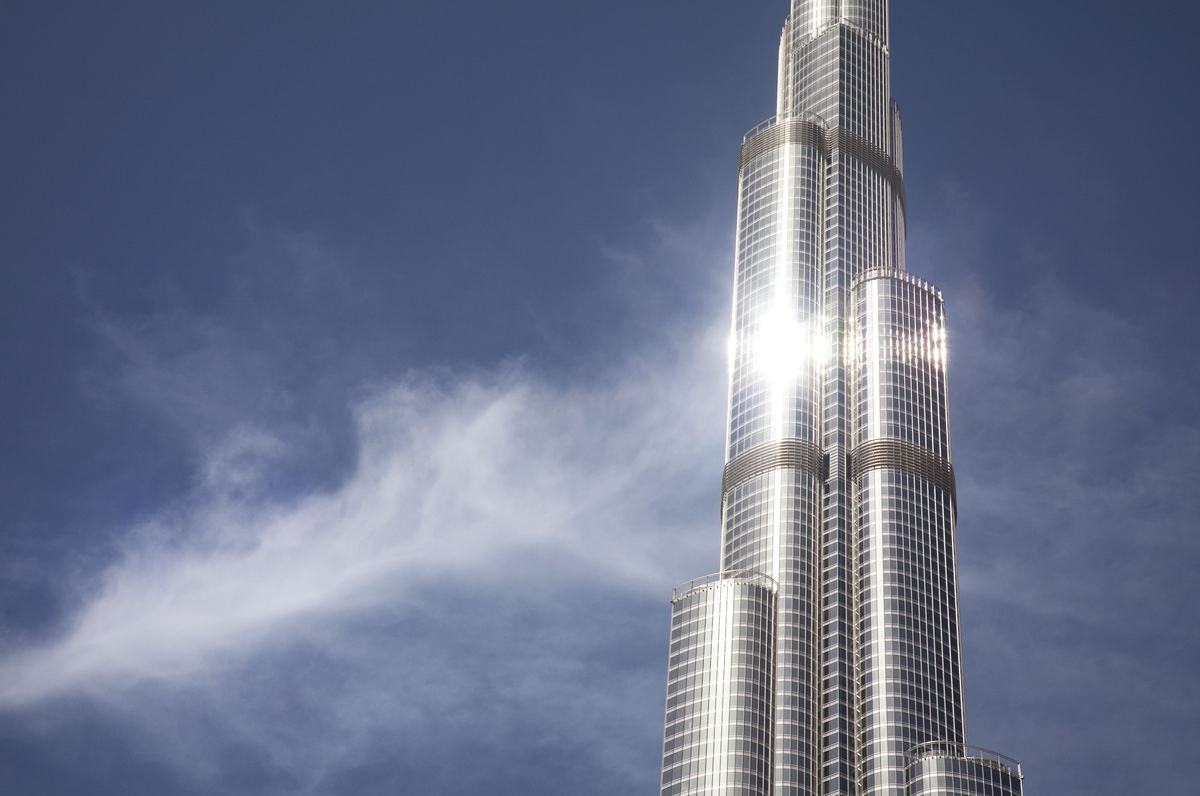
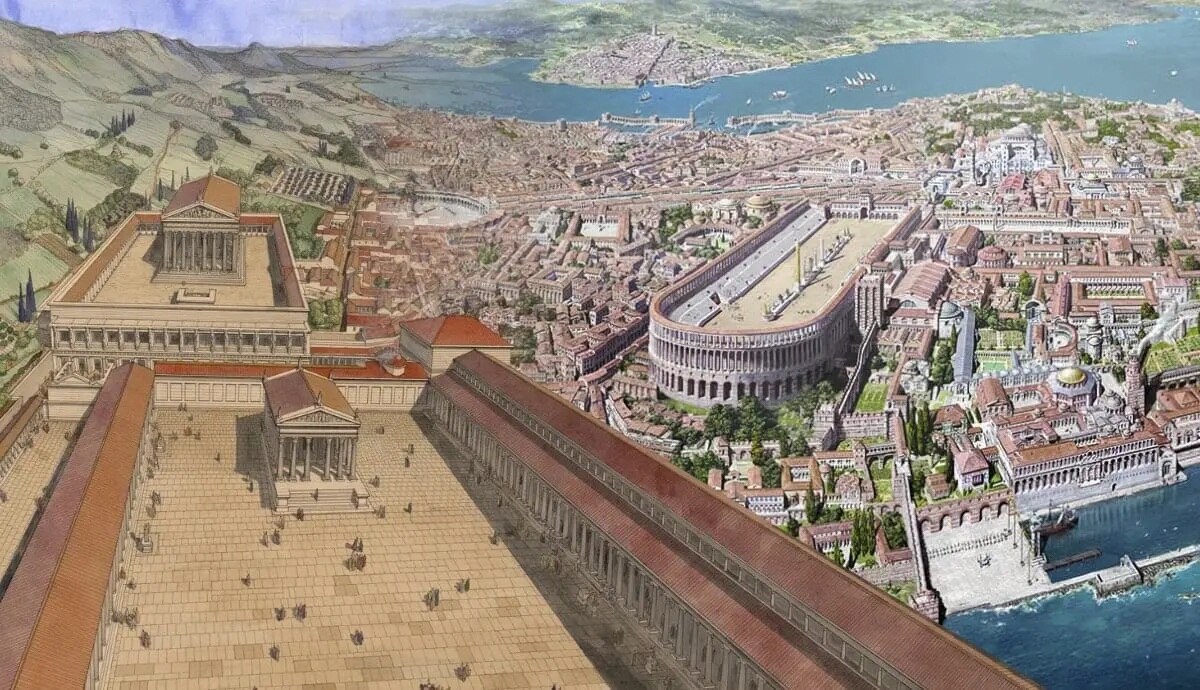
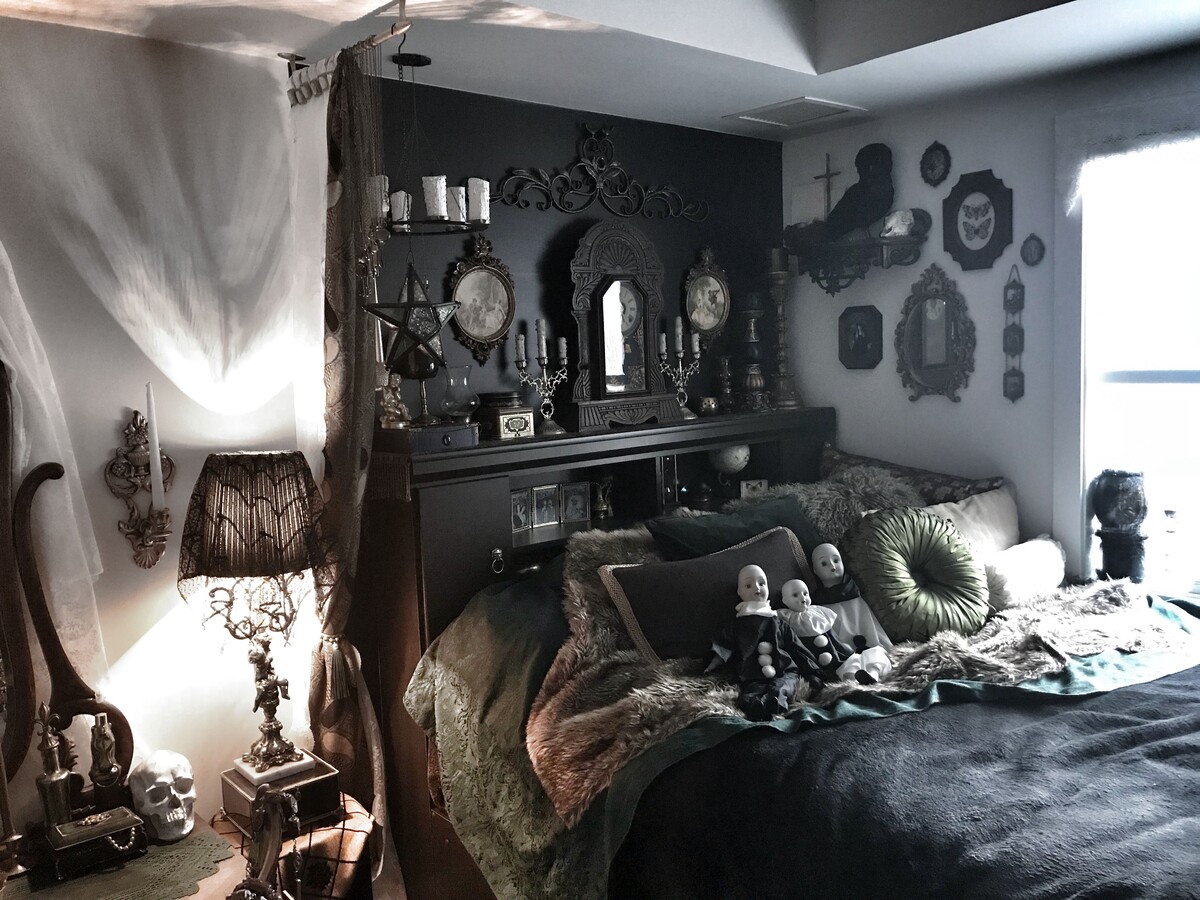
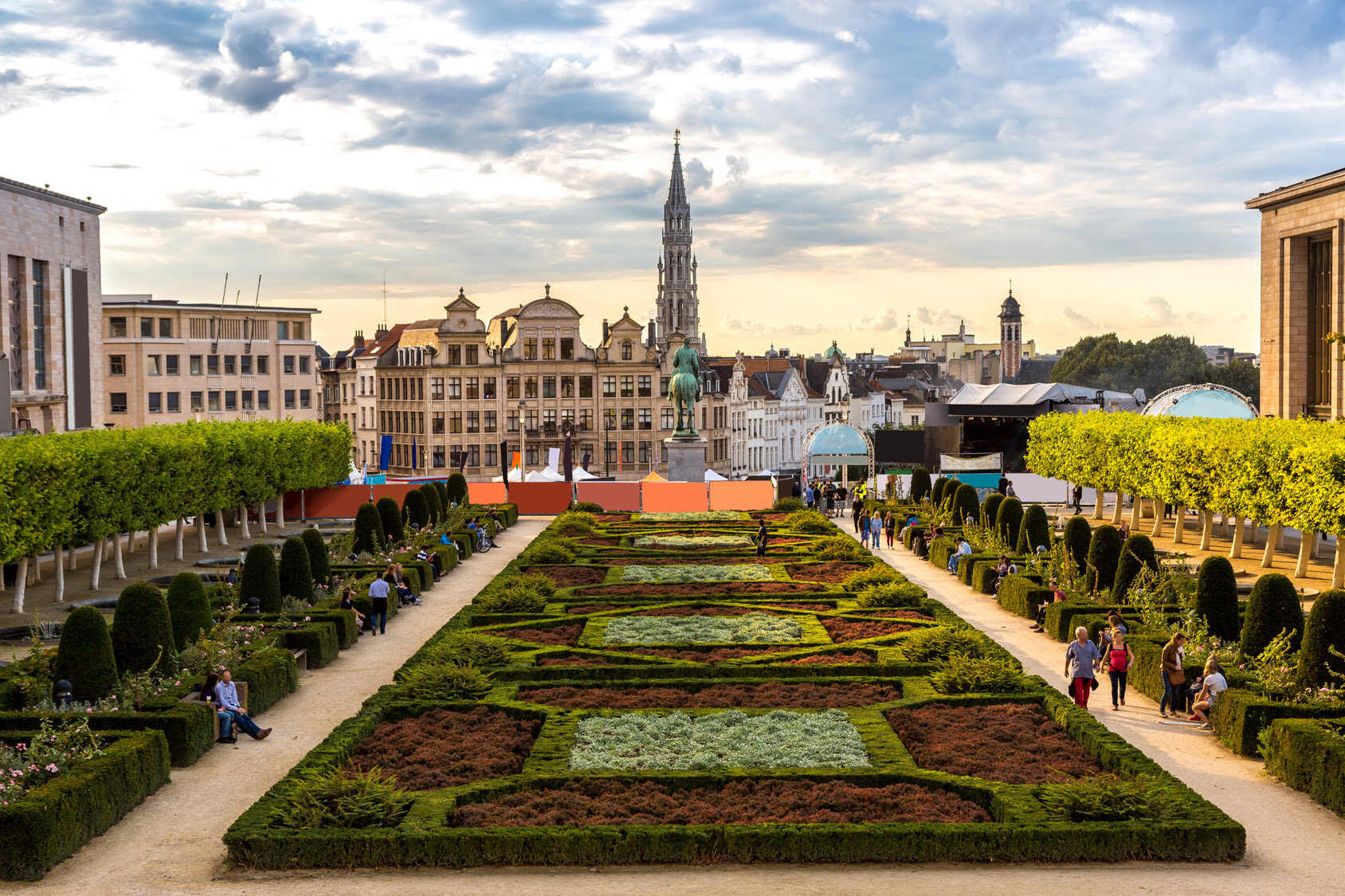




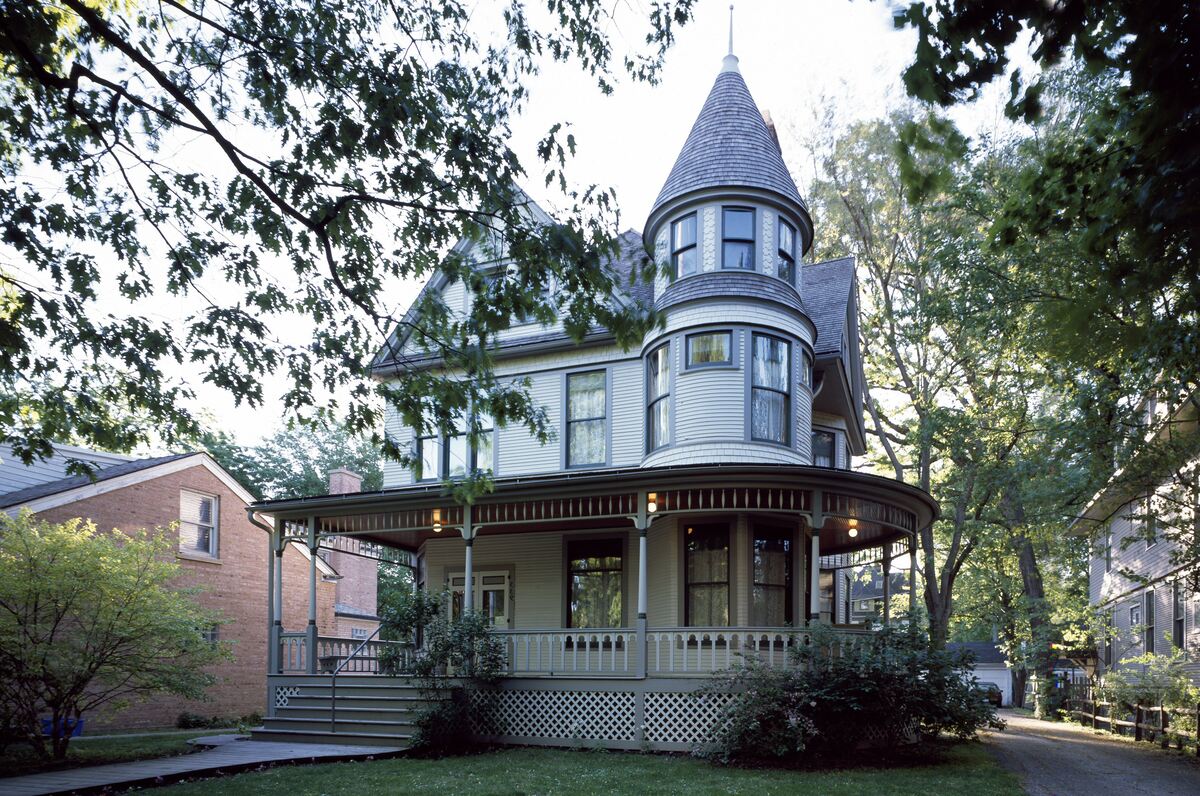
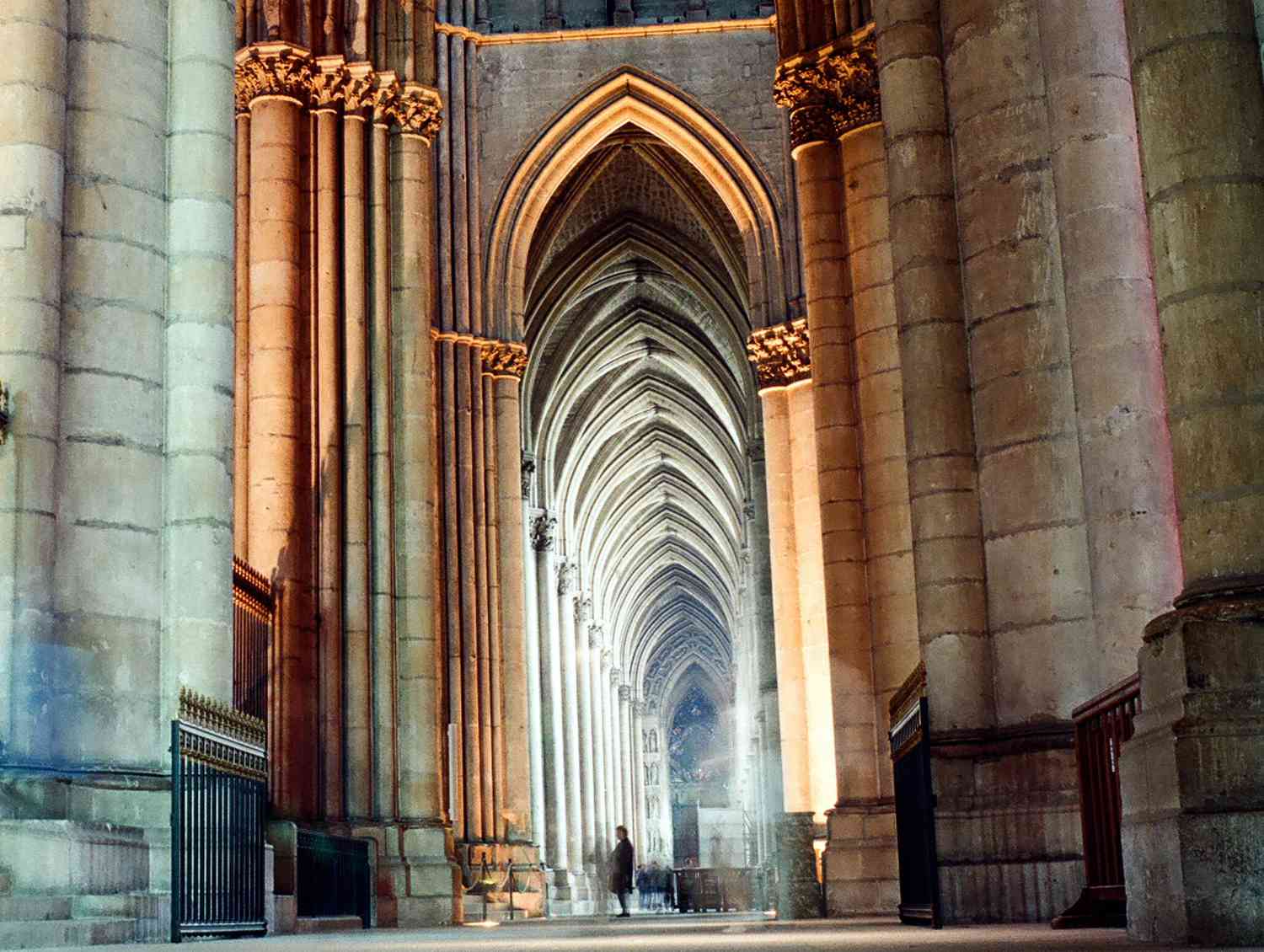




0 thoughts on “Which European City Is Home To This Gothic-Style Building”